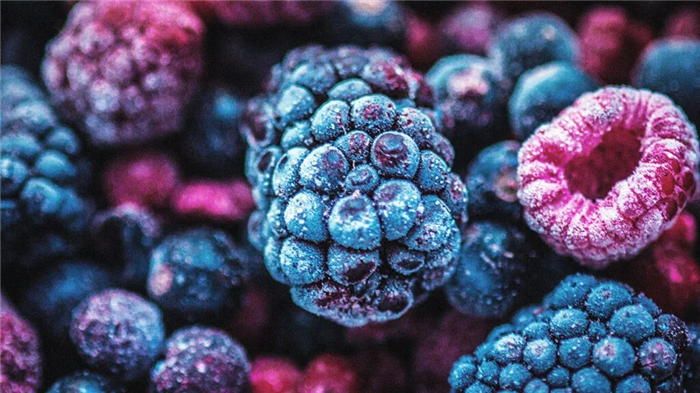Which nutrients support the hypothalamus and pituitary gland?
The hypothalamus is a small area of the brain, located just above the brainstem. Its main function is to release several hormones to the pituitary gland, which stores and releases them into the bloodstream as necessary.
The hypothalamus and pituitary gland link the nervous system to the endocrine system. Certain nutrients may be beneficial for hypothalamus and pituitary gland functioning. A person may find these nutrients in food.
However, research does not suggest that a person should take supplements to boost hypothalamus and pituitary gland production.
This article explores the role of the hypothalamus and pituitary gland and which nutrients may support their functioning. It also answers some common questions about the hypothalamus and pituitary gland.

The hypothalamus and pituitary gland work together to secrete and distribute hormones that control various essential bodily functions.
Hypothalamus
The hypothalamus is a small area of the brain that controls the endocrine system. Its major function is maintaining homeostasis in the body, which means a stable and balanced state.
The hypothalamus receives signals from other areas of the brain and responds by secreting both releasing and inhibiting hormones. These hormones signal the pituitary gland to direct the functions of other glands, systems, and activities. These include:
- thyroid gland
- adrenal gland
- reproductive organs
- growth
- temperature regulation
- autonomic nervous system regulation
- fluid balance
- appetite control
- milk production
The hypothalamus maintains homeostasis by receiving signals sent by different areas of the body, which carry messages about elements that require balancing or other actions. The hypothalamus responds by releasing the required hormones to the pituitary gland, which then releases them into the bloodstream.
These hormones then direct the body to perform actions to achieve homeostasis, such as sweating when a person’s internal temperature is too high or causing hunger when a person requires energy from food. These actions should bring the body back to an optimal, balanced state.
Pituitary gland
The pituitary gland is attached to the hypothalamus. It is a small gland that stores the hormones the hypothalamus secretes, releasing them into the bloodstream as necessary.
The pituitary gland has an anterior lobe, called the adenohypophysis, and a posterior lobe known as the neurohypophysis. They each have specific functions.
Anterior lobe
This area secretes several hormones that directly influence various important bodily functions. These include:
- Vasopressin, or antidiuretic hormone (ADH): The posterior lobe of the pituitary gland releases this hormone to help the body conserve water and prevent dehydration.
- Oxytocin: This hormone stimulates milk production in the mammary glands and signals the smooth muscles in the uterus to contract during labour.